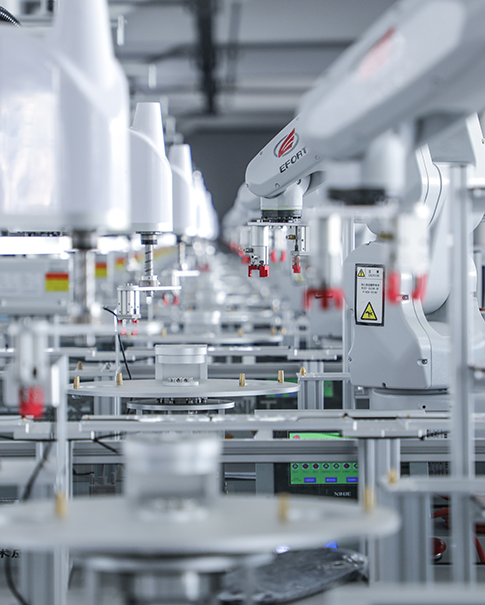In an era where Industry 4.0 technologies like AI, IoT, and real-time analytics are reshaping manufacturing, legacy DCS systems act as bottlenecks. Older hardware often lacks compatibility with modern sensors, limiting your ability to leverage predictive maintenance or optimize energy usage. For example, a food processing plant using a 15-year-old DCS recently discovered its system couldn’t integrate with new smart valves, causing a 20% spike in material waste. Software obsolescence is just as problematic—end-of-life operating systems like Windows XP (still used in 12% of industrial controls, per a 2024 report) lack security patches and hinder data sharing with cloud-based platforms.
Legacy DCS systems are prime targets for cyberattacks. Their limited encryption, outdated firewalls, and lack of network segmentation create vulnerabilities that hackers exploit. In 2023, a major pharmaceutical facility suffered a ransomware attack on its unpatched DCS, shutting down production for three days and costing $8 million in losses. Modern threats like "operational technology (OT) malware" don’t just steal data—they can manipulate process parameters, risking equipment damage or safety incidents. Upgraded systems with built-in cybersecurity features (like zero-trust architecture and intrusion detection) reduce these risks by 60%, according to industrial cybersecurity firm Claroty.
Global regulations are tightening. The EU’s NIS 2 Directive, U.S. EPA emission mandates, and ISO 27001 for data security all require robust, up-to-date control systems. A mining company in Australia recently faced a $2.5 million fine when its legacy DCS failed to meet new environmental monitoring standards. Compliance isn’t just about avoiding penalties—it’s about brand trust. Customers and investors increasingly demand transparency in operational safety and sustainability, which outdated systems can’t deliver.
Today’s successful businesses rely on connected ecosystems where DCS data feeds into ERP, MES, and predictive analytics tools. But legacy DCS systems speak proprietary protocols that modern software can’t interpret, creating "data silos." A automotive manufacturer wasted 18 months and $1.2 million on custom middleware to connect its 2005-era DCS to a new ERP system—money that could have funded a full upgrade. Modern DCS platforms offer open APIs and IIoT compatibility, letting you unlock insights from real-time production data and automate decision-making.
While the upfront investment in a DCS upgrade feels daunting, the hidden costs of procrastination are staggering. Downtime from failed legacy components costs an average 5M in annual savings.
Email us
Reply within one working dayVisit us
32D Guomao Building, No.388, Hubin South Road, Siming DistrictDisclaimer : Salesplc sells new and surplus products and develops channels for purchasing such products. This website has not been approved or recognized by any of the listed manufacturers or trademarks. Salesplc is not an authorized distributor, dealer, or representative of the products displayed on this website. All product names, trademarks, brands, and logos used on this website are the property of their respective owners. The description, explanation, or sale of products with these names, trademarks, brands, and logos is for identification purposes only and is not intended to indicate any association with or authorization from any rights holder.
Copyright @2024 SalesPlc Limited. Sitemap
/ Blog
/ XML
/ Terms And Conditions
/ Privacy Policy
 Network Supported
Network Supported
